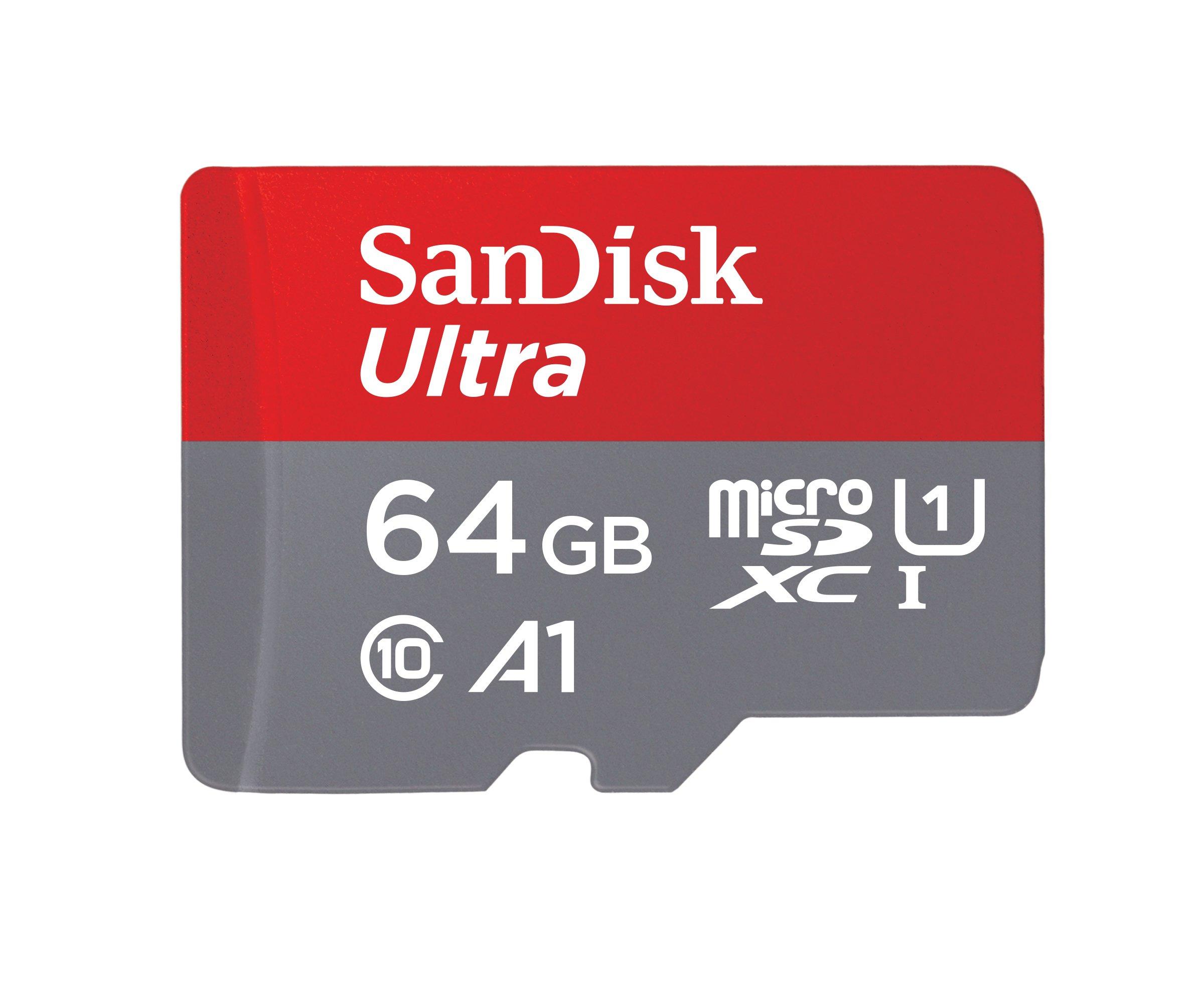SD Memory Card Market Technological Advancements Driving Faster Performance and Higher Capacities

The SD memory card market has witnessed significant evolution over the past few years, driven by innovations in storage capacities, speed, and compactness. As digital technologies continue to advance, memory cards have become integral to various industries, including consumer electronics, automotive, and healthcare. With the growing demand for higher storage solutions, manufacturers are focusing on improving both performance and capacity. The following article explores the emerging trends shaping the SD memory card market and the potential growth it holds for the future.
1. Growing Demand for High-Resolution Content Storage
One of the most prominent trends in the SD memory card market is the growing demand for high-resolution content storage. With the rise in popularity of 4K and even 8K video content, as well as high-resolution images, consumers are looking for memory cards that can handle large data files. This has led to an increased focus on high-capacity SD cards. Furthermore, devices like digital cameras, drones, and smartphones are all pushing for faster read and write speeds, resulting in a surge in demand for SD cards that support high-performance standards such as UHS-II and UHS-III.
2. Expanding Storage Capacities
The SD memory card market is also witnessing a trend toward higher storage capacities. As users record more data, especially with the increased use of 4K video, the need for larger storage options has grown. SanDisk, Lexar, and other leading brands have already introduced SD cards with capacities that range from 128GB to 1TB. As technology continues to progress, it is expected that memory cards with capacities of up to 2TB or even more could become available. These advancements enable users to store massive amounts of data without needing to switch cards frequently.
3. Advancements in Speed and Performance
Another key trend driving the SD memory card market is the continuous improvement in speed and performance. With the increasing demand for high-resolution media, the speed at which data can be written to and read from an SD card has become crucial. UHS-II and UHS-III cards offer much faster data transfer rates than their predecessors, making them suitable for applications requiring high-speed data processing, such as professional photography and video production. The rise of newer standards like SD Express, which utilizes PCIe and NVMe technologies, is expected to further boost the performance of SD cards, providing speeds that rival those of solid-state drives (SSDs).
4. Integration of Advanced Security Features
As cybersecurity becomes a more prominent issue in the digital world, memory card manufacturers are integrating advanced security features into their products. In particular, there is a growing emphasis on protecting sensitive data from unauthorized access. Features like hardware-based encryption, password protection, and write protection are becoming more common in SD memory cards. These features are especially useful in industries where data confidentiality is a priority, such as healthcare, government, and finance. With these advancements, users can now rely on SD cards not only for storing data but also for securing it.
5. Increased Use in IoT and Automotive Applications
The rise of the Internet of Things (IoT) and connected devices has opened up new avenues for the SD memory card market. In IoT applications, such as smart home devices and wearables, SD cards offer a convenient and cost-effective way to store data generated by these devices. Similarly, the automotive industry is increasingly adopting SD cards for applications such as in-car entertainment systems, navigation, and even autonomous vehicles, where high-speed data processing is required. This trend is expected to continue as more industries explore the benefits of SD cards for various use cases.
6. Shift Toward MicroSD Cards
While standard SD cards remain popular, there is an increasing shift toward microSD cards, especially in smartphones, tablets, and other compact devices. MicroSD cards offer a smaller form factor without sacrificing performance and storage capacity. They are also highly versatile, often used in combination with full-size SD adapters. This trend has been fueled by the demand for more compact and portable devices, which require storage solutions that fit within smaller spaces.
7. Sustainability and Eco-Friendly Products
In response to growing environmental concerns, some manufacturers are beginning to focus on sustainability within the SD memory card market. This includes using recyclable materials in the production of memory cards and reducing the environmental impact of their manufacturing processes. Some companies have even introduced eco-friendly packaging and are working to minimize the carbon footprint associated with their products. As sustainability becomes a key consideration for both consumers and companies alike, this trend is expected to gain momentum in the coming years.
Conclusion
The SD memory card market is poised for continued growth, driven by advances in storage capacity, speed, and security. As consumer demand for high-resolution content storage increases, manufacturers are continually innovating to meet these needs. Additionally, the rise of IoT, automotive applications, and the shift toward more sustainable products is further expanding the market’s potential. In the coming years, SD memory cards will likely remain a critical component in data storage solutions across a wide range of industries.
- Art
- Causes
- Crafts
- Dance
- Drinks
- Film
- Fitness
- Food
- Игры
- Gardening
- Health
- Главная
- Literature
- Music
- Networking
- Другое
- Party
- Religion
- Shopping
- Sports
- Theater
- Wellness


